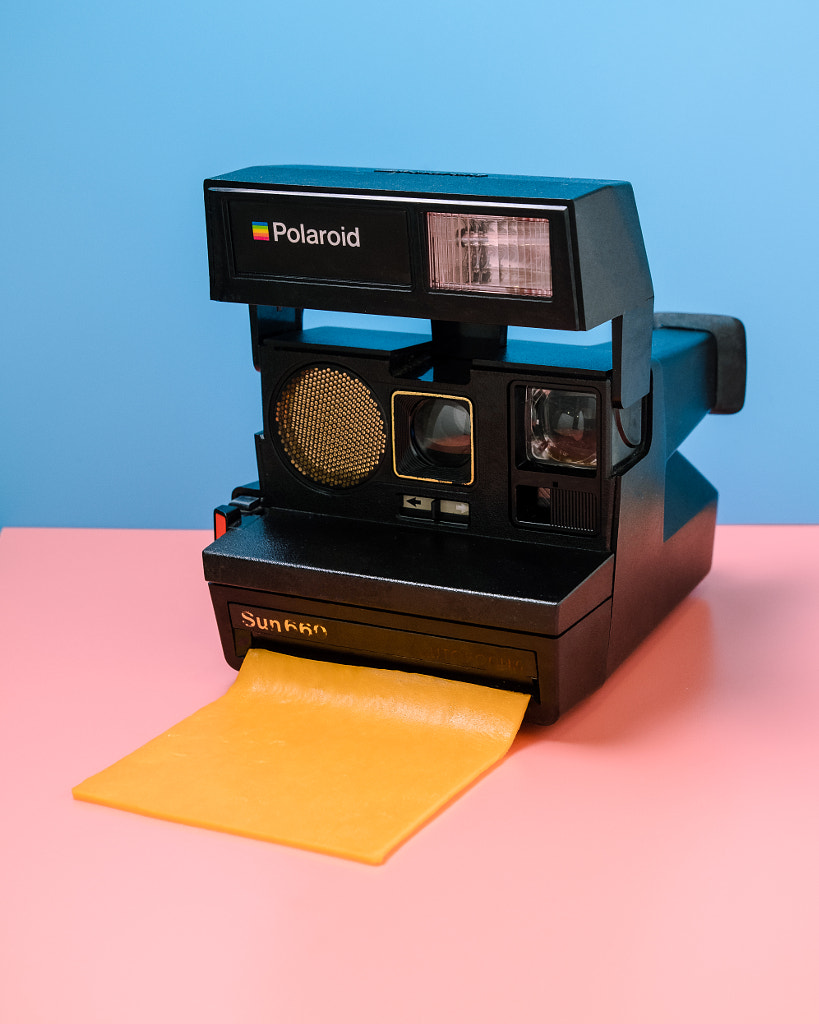Priscilla Ong is a Singapore-based photographer whose photography has generally focused on travel, adventure, and architecture. However, recently Priscilla has been exploring the conceptual world of still life photography. Her newest photo series subverts expectations, creating fun and conceptual compositions of everyday objects against colorful backgrounds.
Q: Priscilla, you’re based out of Singapore, could you tell us a bit about the photography and arts culture there?
A: Absolutely! Despite being a tiny red dot on the world map, the photography and arts scene in Singapore is extremely diverse and vibrant, with a good balance of cultural influences from both the East and West. There is a growing appreciation for visual arts in recent years; it is constantly evolving and creatives continue to explore new boundaries in their artistic expressions.
Singapore is also a photographer’s heaven! From the lively local neighborhoods, to the lush green landscapes and the modern architectural wonders, there is always something beautiful to capture.
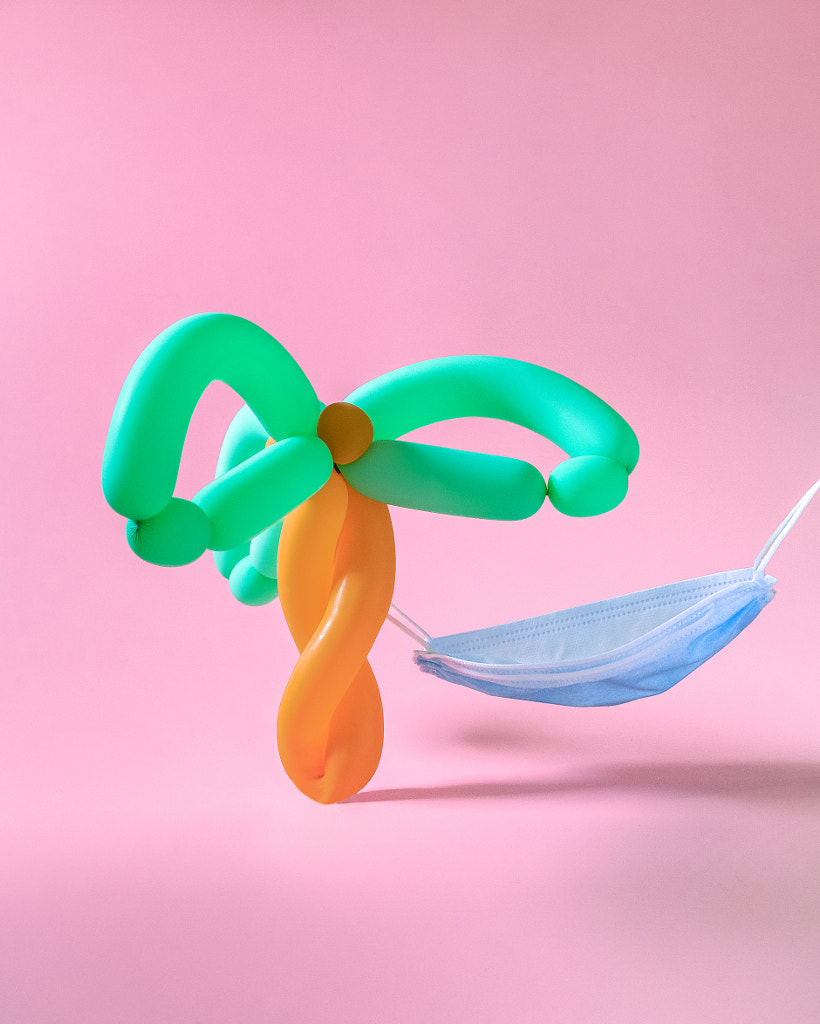
Q: Your travel and landscape photography has taken you to a number of different locations around the globe, purely based on aesthetics, where would your next location of choice be and why?
A: Lucky for me, my husband and I share a common interest in photography, so our main subject has always been nature (mountains, oceans, desert, etc.) in various remote parts of the earth. As our passion for photography continues to grow we try to visit as many unspoiled, unique places as possible. When we travel to areas with vast landscapes, we usually don’t have to go out of our way to find inspiration. Nature has a way of presenting itself to photographers in the most artful way. Hence, our choice of destination has always been based on the following thought: ‘Which spectacular natural beauty to uncover next?’
Prior to the pandemic, we actually made plans to visit Namibia this year, which has the perfect combination of dramatic scenery, diverse wildlife, and local culture. We were really excited to see and photograph Dead Vlei in particular. It’s so surreal that such an otherworldly landscape exists on this planet, and we know full well that no amount of photos on the internet can ever justify the incredible experience in itself.
But to be honest, with all the travel restrictions and cabin fever hitting hard, throw me on the plane to anywhere and I’ll be happy to explore.
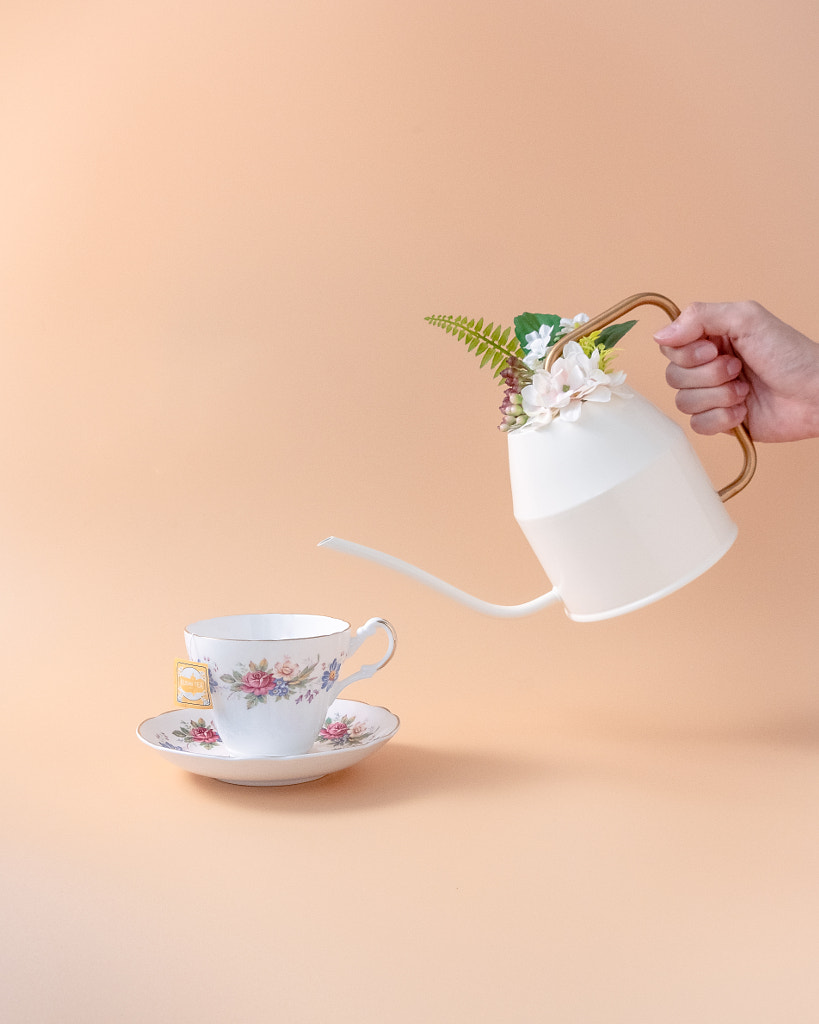
Q: Looking at your portfolio, it’s clear you’ve always had a strong eye for color and composition. How do you compare your approach to these elements when dealing with still life versus models on a location?
A: When I create images in the great outdoors, I often try to incorporate a human subject to provide a sense of scale in order to convey our relationship with nature. Including a model in a shot adds a different dimension to the photograph, as the human element makes it easier for the viewers to connect with. Since lighting is one of the most important things in photography, I would plan my hikes or shoots around the optimal time of the day to catch the best light. I also rely heavily on Mother Nature’s temperament (i.e., the weather) and her seasons to provide the colors that mostly set the mood in my photographs.
Shooting inanimate objects, on the other hand, is a different ball game altogether. Lighting is STILL extremely crucial, which was pretty intimidating to grasp at the beginning (artificial lighting set up, or not). But I have come to realize that what’s fascinating about Still Life Photography, is that it combines the skills and technical aspect with the versatility I didn’t exactly have from shooting landscapes. The focus lies in the creation of an image, rather than the capture of a moment. Having absolute control in a shot is amazing; I get to pick what I want to shoot, plan out the composition by sometimes integrating shapes, and experimenting with colors or other small details. It is a very refreshing way to flex my creative muscles.
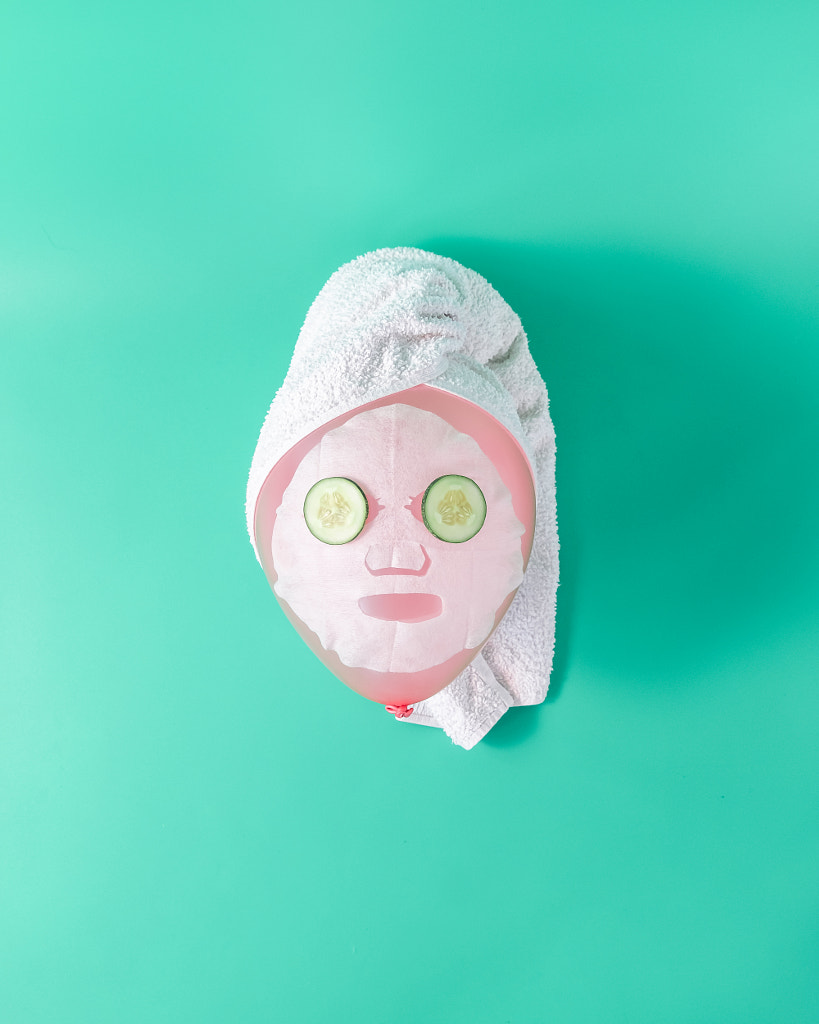
Q: Compared to your older photos, your creative still life series is a new style for you, what inspired this creative transition?
A: Since my photography always revolved around the places I got to visit, I was creatively stifled when leisure travel came to a complete standstill. I began to explore a different genre altogether, initiating a new outlet to channel my obsessive need to create images, starting with objects I found at home. That’s when I realized that the possibilities are endless.
The lockdown also helped shape my mind about the whole idea of minimalism and what it means to be ‘more with less’; to manage with what’s available, and to find enjoyment in the little things. It was during the process of decluttering, when I came across everyday items that I could manipulate and conceptualize to give a new meaning, with the aim of provoking a reflective thought or injecting a smile. I started developing a sense of giving my attention to ordinary things and finding beauty in them.
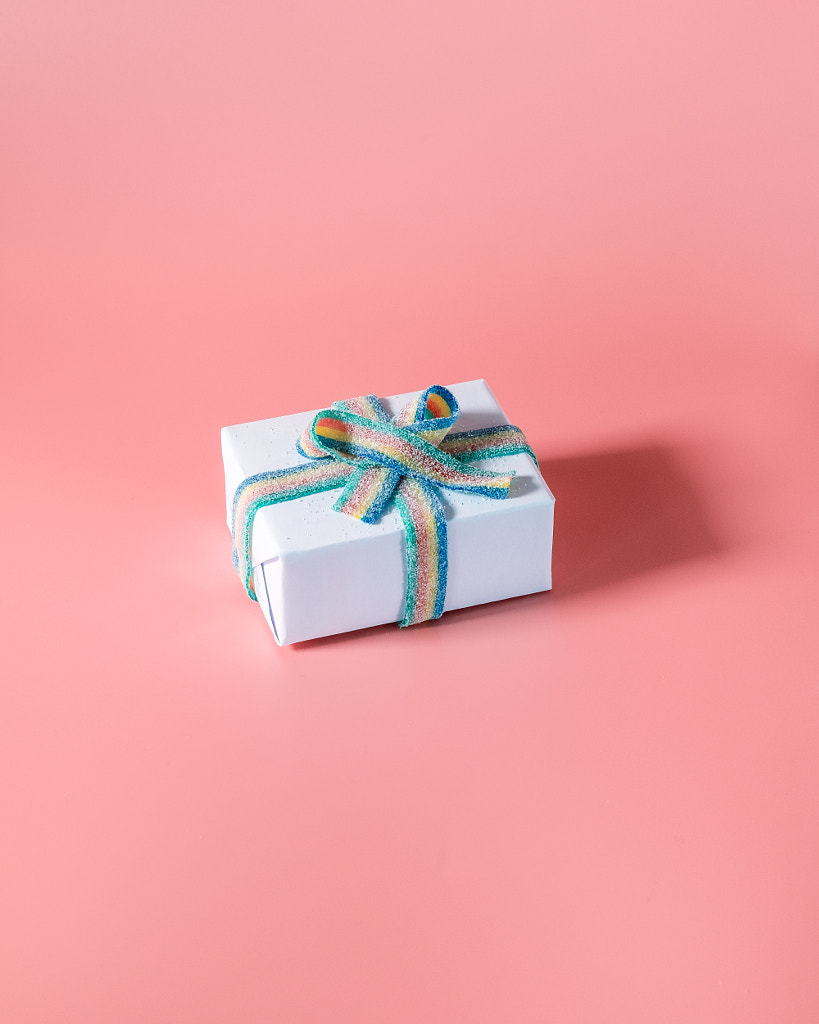
Q: The bright colors and simple, often minimalistic composition of contemporary still life is reminiscent of the pop art movement of the 1960s. Are there any artists from that style you feel particularly inspired by?
A: Andy Warhol, the king of pop art, is definitely a huge influence. As well as filmmaker Wes Anderson, who is famous for his quirky aesthetics and bold choice of color palette, that really resonated with me.
I’m also extremely lucky to be starting out at a time where there are so many great still life photographers out there; I would spend hours on 500px, Pinterest, and Instagram researching, analyzing, and scrutinizing the works of other photographers. I believe that not only allows me to improve on my craft but provides me with endless sources of inspiration and, in the process, help me develop my own style.
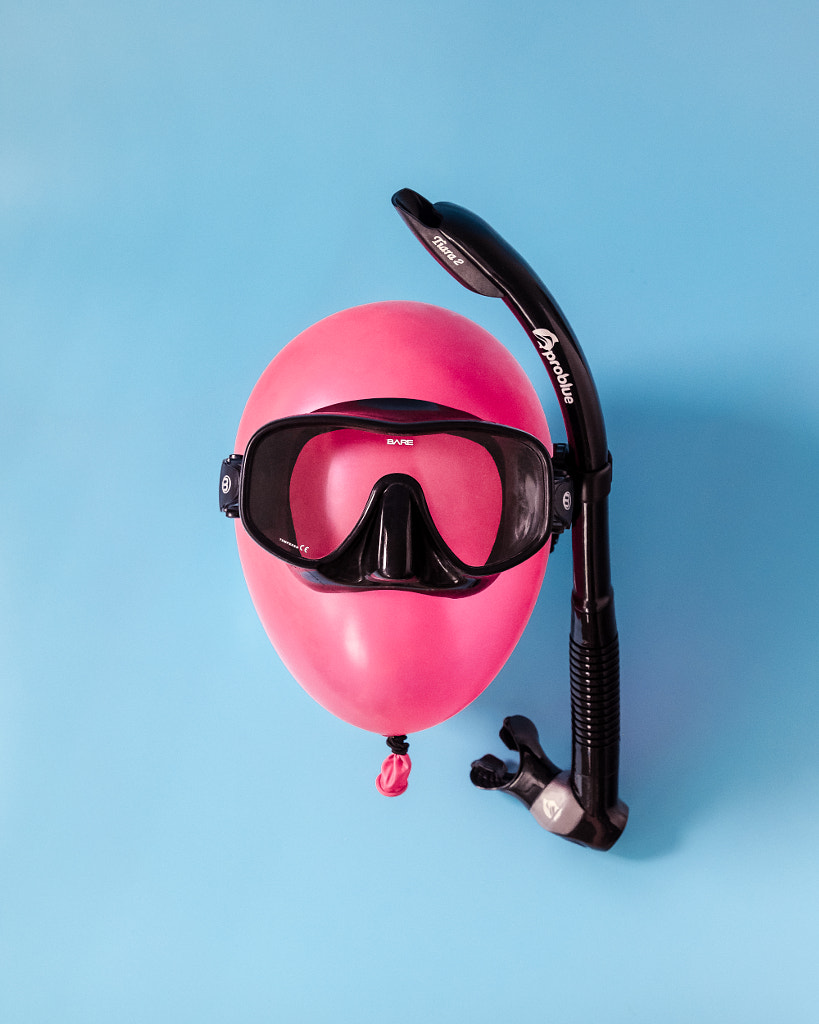
Q: I did a little deep dive into your social media and found this fun flat-lay photo. There’s a sense of adventure emanating from your huge smiles and the items surrounding you, can you tell us a bit of the story behind it?
A: For several years now, my husband Xavier and I have been coming up with unconventional ways to kick start our travel albums, by designing a flat lay photo featuring all our outdoor equipment and camera gear before each big trip. Over the years, we have acquired quite a collection; from camping tents to helmets, climbing harnesses and drones. I guess it serves as a tribute to all the trusty items that had saved our lives, kept us from freezing our butts off in the wilderness, and helped immortalize the special moments of our adventures.
This year, however, with all travels canceled, we decided to embark on a project to create one anyway. We made fun flat lay pictures of us “traveling from home” during lockdown, and strung them into a stopmotion video. It was pretty hilarious. You know what they say, “Stay Home, Stay Creative.”
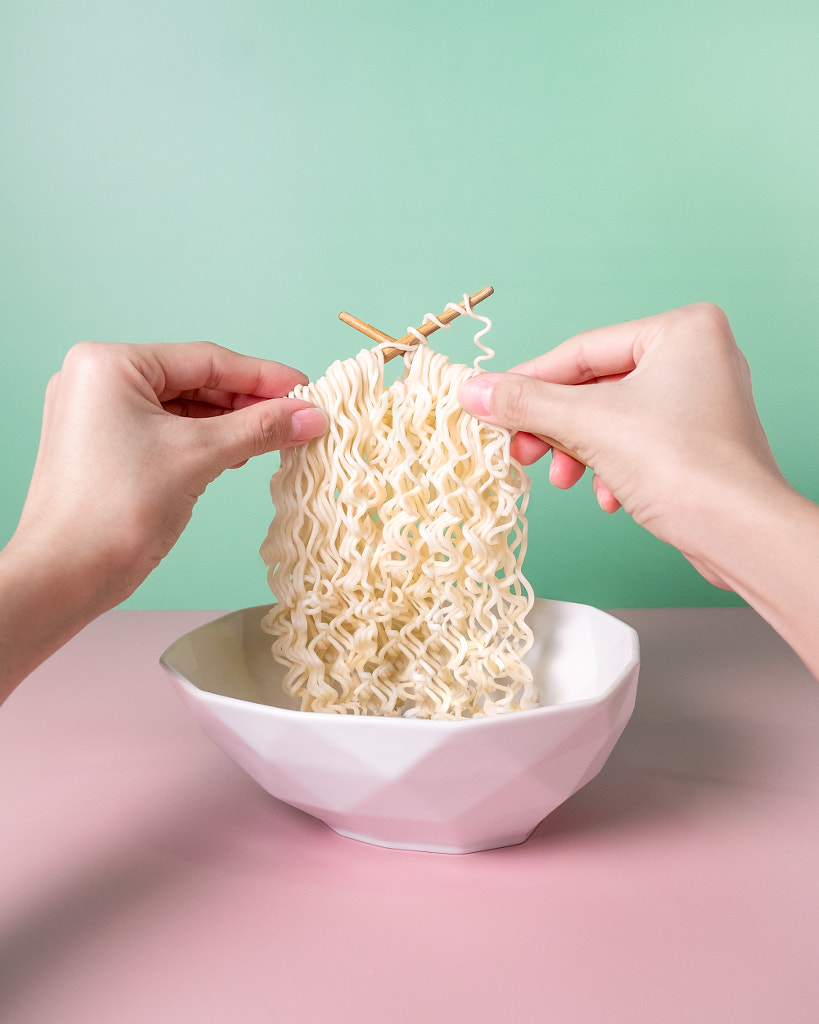
Q: In the commercial world, color theory and psychology play a big role in deciding the color choices of commercial art. What is your method for deciding which colors to work with in your photos?
A: Exactly! Colors are an integral part of photography. There are just so many things going on in our brains subconsciously when we look at pictures. Different colors convey different feelings and evoke different moods. I learn to educate my eyes, understand the psychology of color, and how it impacts the way a viewer perceives an image. I would play around with the color wheel a lot, and figure out how different color combinations work with each other. In most of my still life series, I chose vibrant pastel colors to inject joy and lightness, to make my images playful, light-hearted, and cheery. Basically, I play by the rules, and then bend them according to what feels right.
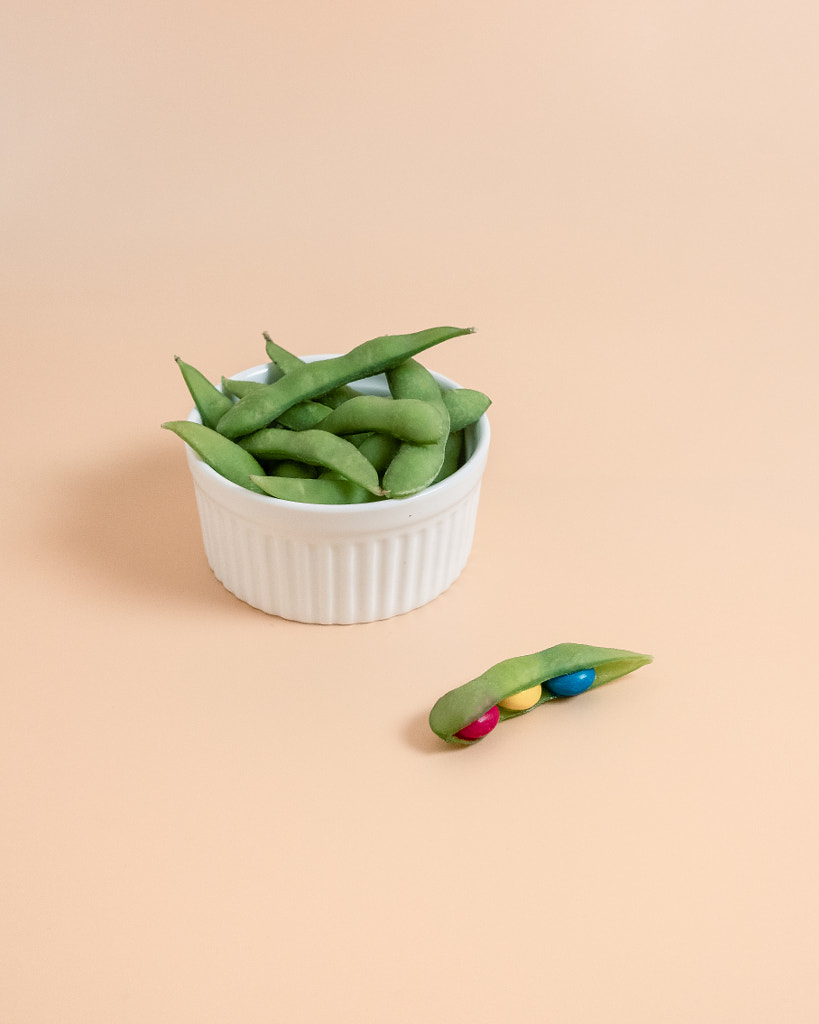
Q: Your photos have a surreal element to them, regularly featuring everyday items with some form of subversion, like edamame with candy instead of beans. Walk us through your creative process, does it start with the object or a concept?
A: My shoots vary… but I typically start with an object. I then build concepts around it, brainstorming ideas around puns, quotes, pop culture, etc. I sometimes draw sketches but very often I just begin shooting what I had envisioned in my head and experiment right away. I would lay out what I have put together, before constructing the set, switching things in and out, changing background colors, objects, and lighting. So in the case of edamame and the colorful M&M chocolates, I thought it’d be interesting to produce a visual poetry combining them both, and that was how “edamam&me” was derived. It’s cheeky, but I’m hoping to inject a little bit of humor and colors in this otherwise challenging era of our lifetime.
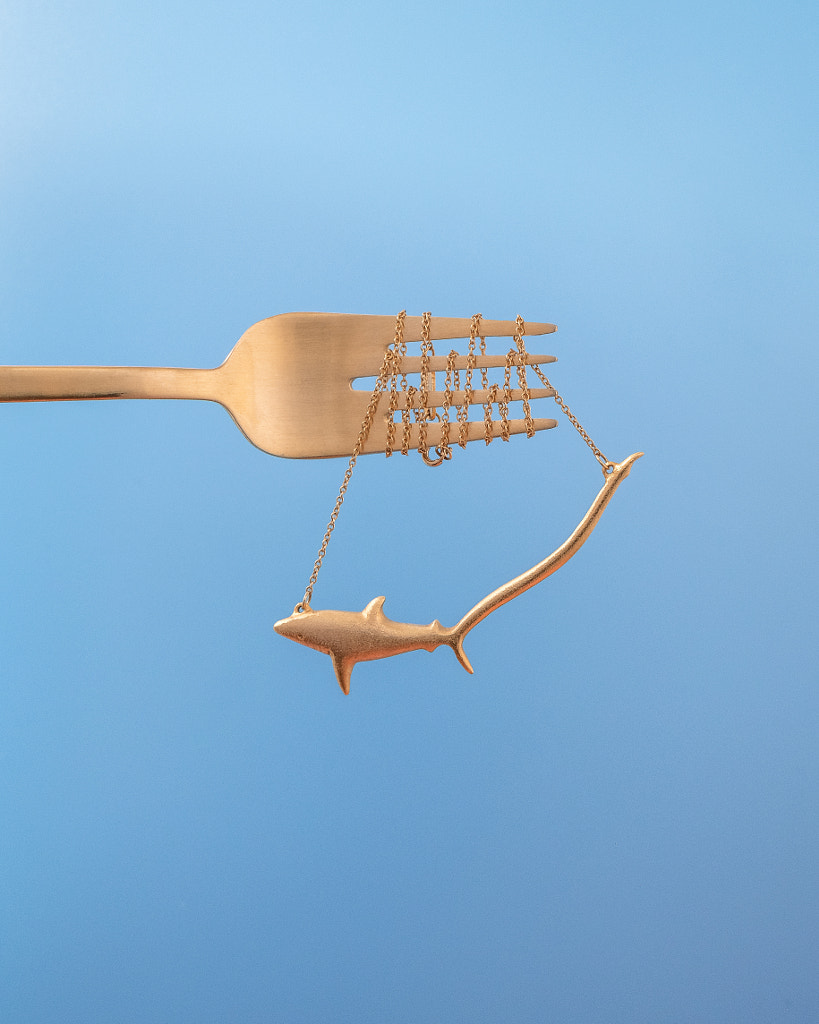
Q: If you were to pick one photo from your 500px Profile as a favorite, which would it be and why?
A: This is really tough, because I enjoy being able to express myself through images. And I feel like every photo I’ve created is a personal point of view that is shaped by my emotional state or philosophical views. I’m also driven by the desire to transform the world around me and to create work that speaks to people on a deeper level.
So, if I were to choose, the one that is really close to my heart is “Say No to Eating Sharks”. I’m a big ocean lover, and a self-proclaimed advocate for sharks. I certainly hope to spark a positive change through my work of art. Images are incredibly powerful this way, and I would love to create more deeply meaningful and highly contemplative photographs.
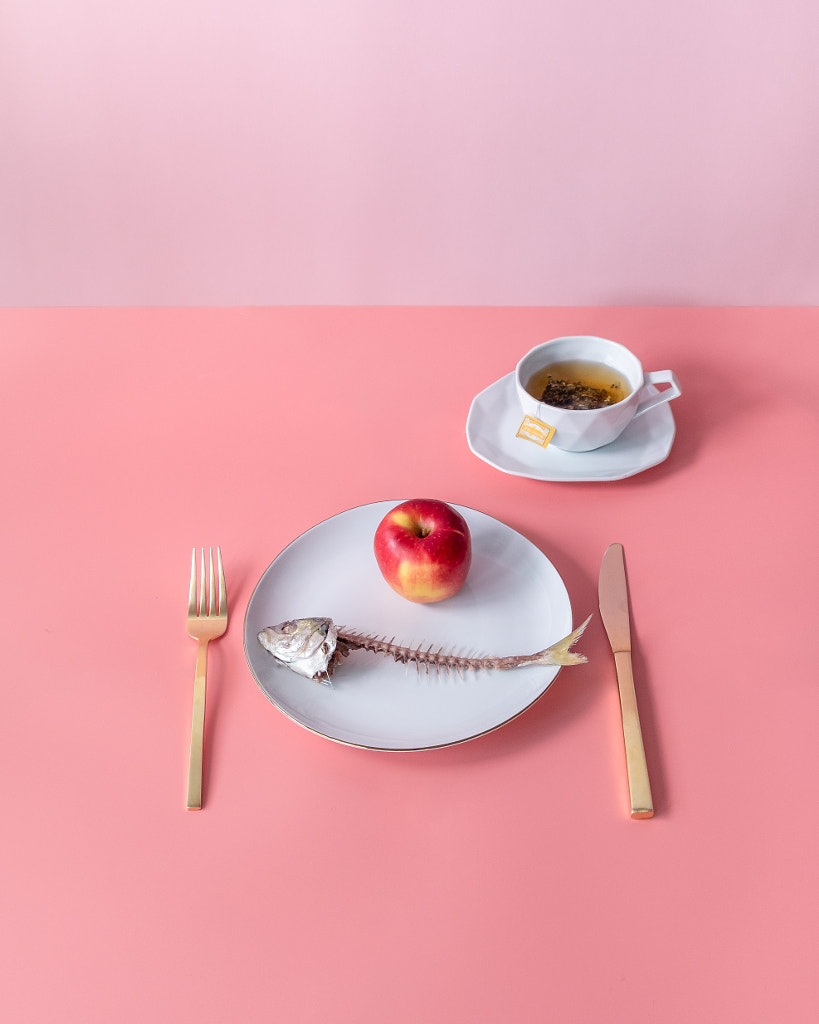
Q: You recently began licensing your still lifes on 500px. How can you see your photos being used in advertising?
A: Still life is such a fun way to illustrate an idea or a concept. In this day and age where brands are constantly evolving and finding new ways to tell their stories, having a strong concept and visually appealing image can create a powerful “scroll-stopping” effect.
I believe that my photos are in line with contemporary trends, and they would work well with brands who are looking for images that have a more artistic approach, to help them stand out from the crowd and attract potential clients.
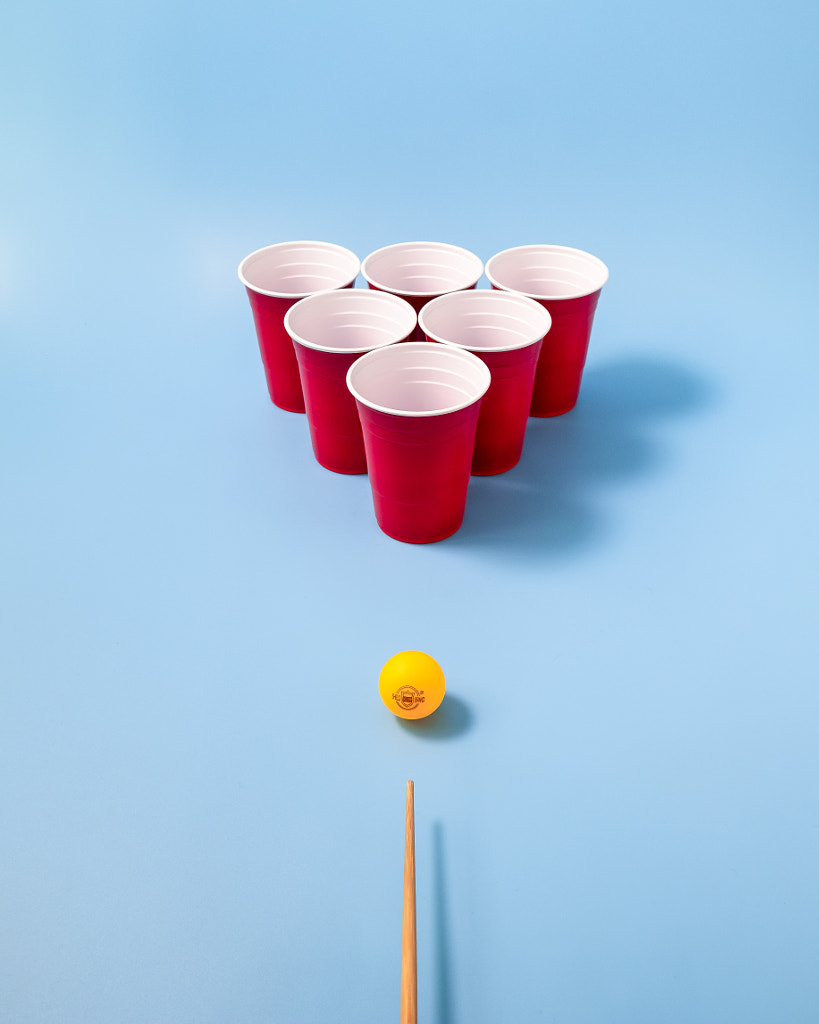
Not on 500px yet? Click here to learn about Licensing with 500px.

